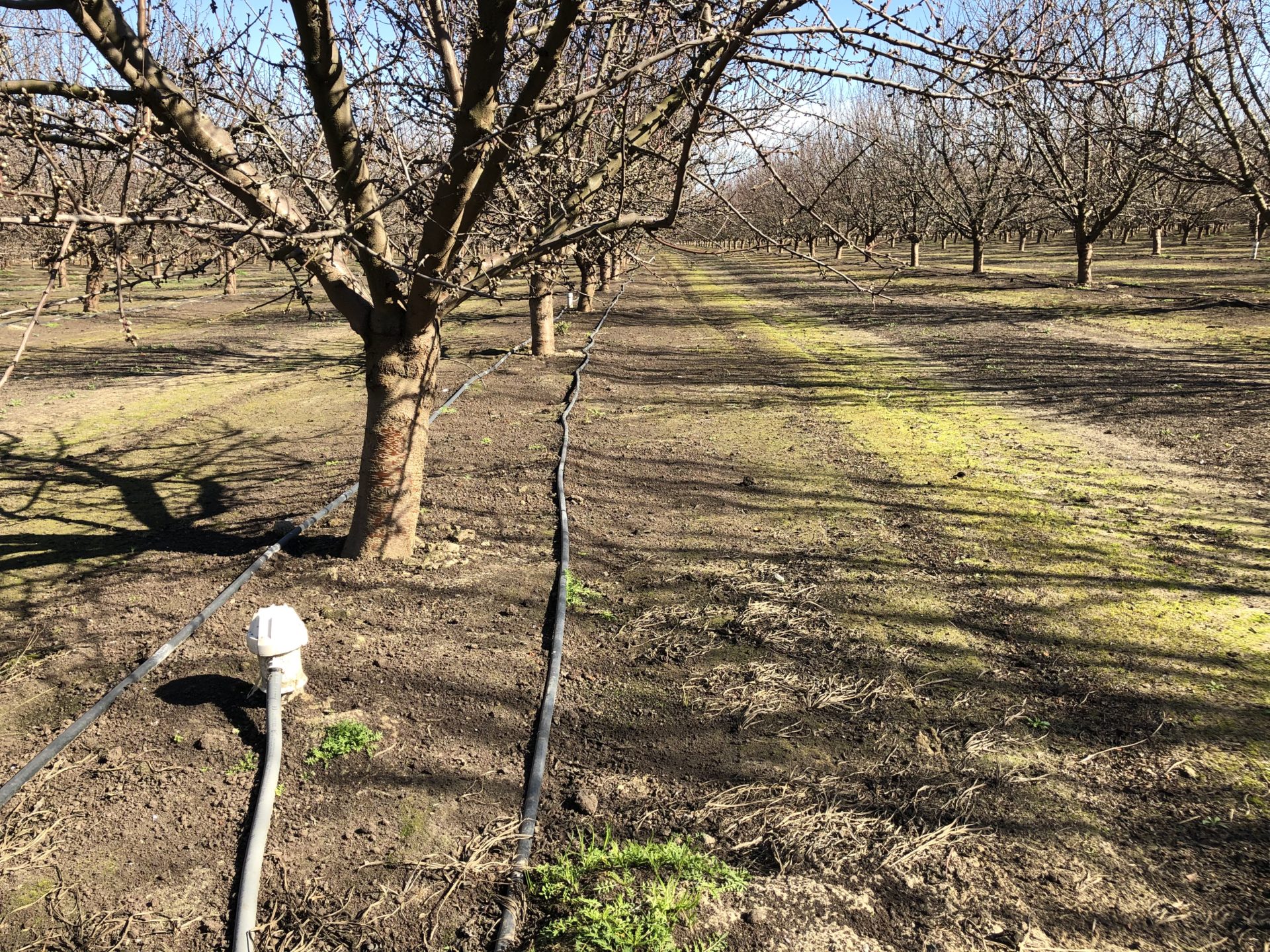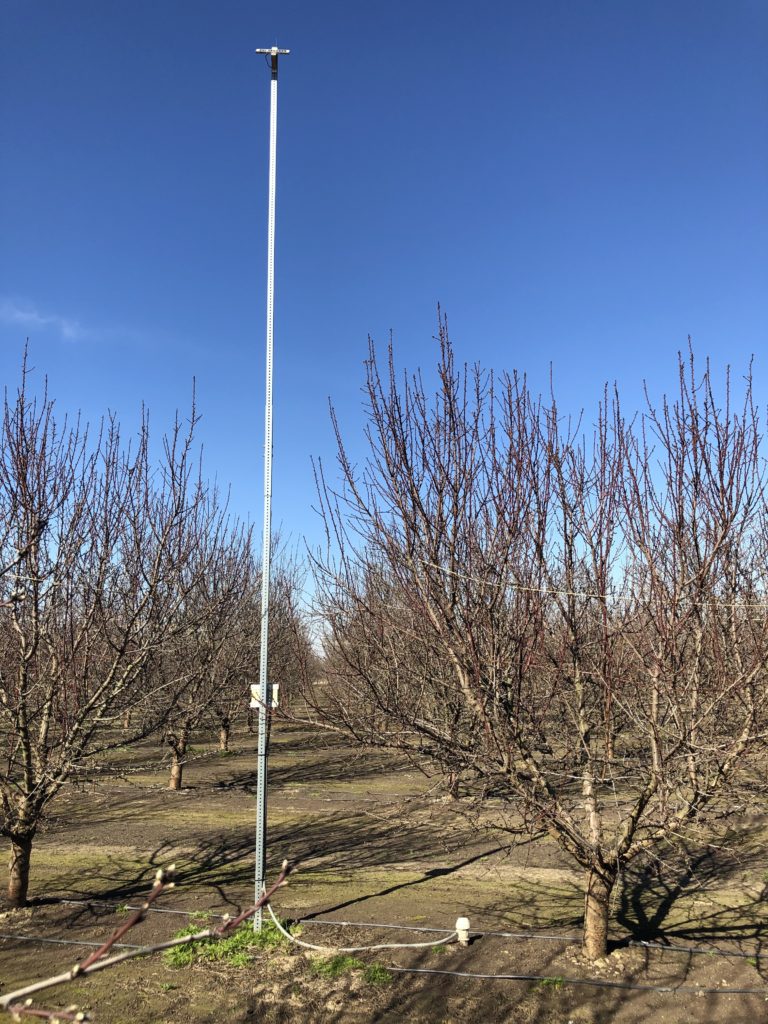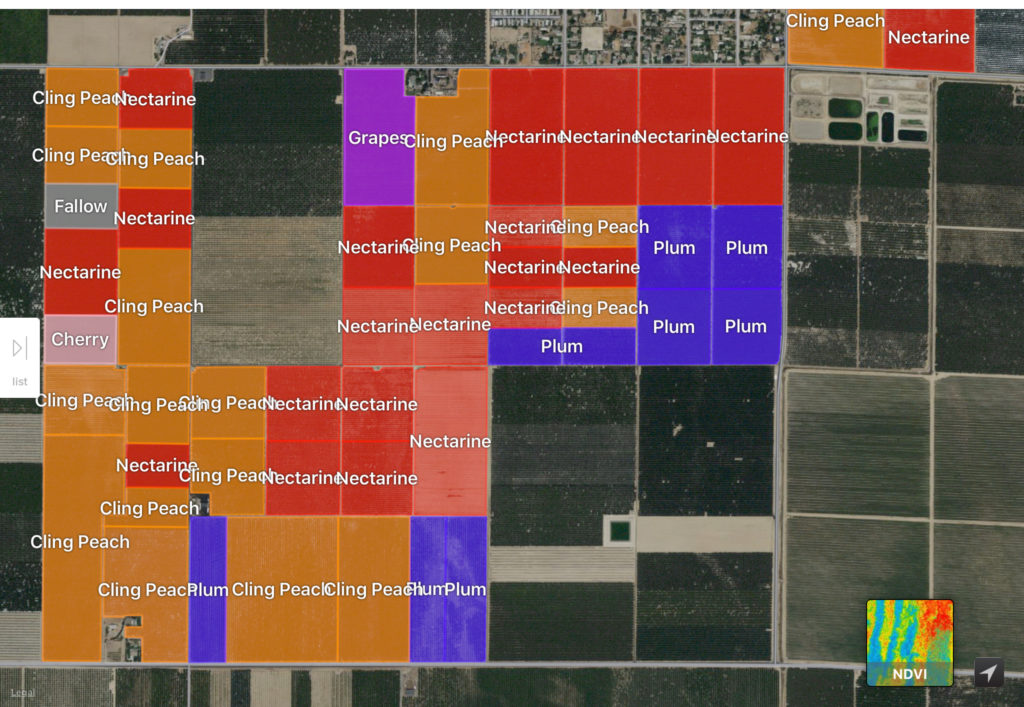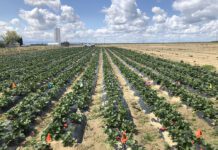
The technology floodgates have burst wide-open in the agriculture industry. It is nearly impossible to read a trade magazine, attend a convention or scroll through social media without encountering agricultural technology in one form or another. That should be no surprise. The rapid pace of technological advancement is transforming many industries, as well as our daily personal lives. But the continual procession of new ag technology products and services can be overwhelming, and the associated time and cost of evaluating each is proving to be a barrier to adoption.
Most growers and consultants recognize a need to become more efficient in their business. Rising labor costs, suppressed commodity prices and ever-expanding regulatory requirements are putting intense financial pressure on many agricultural operations in California. Compliance programs alone, for food safety, worker protection, pesticides and nutrient management, are inundating operators with documentation and reporting requirements. In light of the significant challenges facing the industry, it makes perfect sense that researchers, vendors and their investors see a tremendous opportunity in bringing their technology solution to your farm. But how do you know if any one of these “solutions” you encounter will actually solve one of your pressing problems?
Independent crop consultants like myself face some of these same challenges, albeit at a smaller scale. How can I cover more acres without overlooking a developing problem in the field? What more can I do for my client to deliver value and stay ahead of my competition? How do I maintain all the necessary documentation required for compliance, without sacrificing time in the field? New ag technologies may be able to address these questions, but the simple reality is that they will demand investments of time and money. As these resources are in limited supply to most of us in the industry, wisdom dictates that a careful and deliberate approach is needed in the pursuit of technology solutions.

Assessing and Planning Your Tech Needs
What follows are three simple, yet important steps you can take as a grower, consultant or other agricultural operator, to get the most out of your ag technology investments. They are the outcome of many efforts to find, evaluate, and even promote various technologies in the field, along with the resulting successes, and not a few failures or disappointments.
The first, and perhaps most critical step, is to develop a comprehensive technology plan for your operation. This plan does not need to be complex or overly technical, but should be thorough and specific to your company’s needs.
Consider the planning necessary to develop a highly productive orchard. Site selection, as well as rootstock and variety selection, soil analysis and remediation, irrigation system design and evaluation of water sources, are just a few critical components for success. A wrong decision regarding any one of these components could have long-term effects on the productivity and profitability of the orchard. The same is true when making decisions about ag technology. Each ag technology investment you make should contribute to the larger technology and business objectives of the operation.
Take, for example, a grower searching for a soil moisture monitoring system to manage irrigation scheduling more effectively. In a half-second search of the web, it is possible to find multiple suppliers in their area. But before scheduling any vendor meetings or comparing pricing, he should take a few minutes to address some of the following questions:
Who will be doing the monitoring, and therefore who needs access to the data?
What desktop or mobile devices/operating systems are compatible? Can I or my employees access the system from the field?
Is monitoring the only need, or are irrigation controls desired also?
Can reports be produced for regulatory agencies or sustainability audits, without manually transferring the data to another spreadsheet or binder?
If salinity and weather data is important, can the system capture these?
Does the vendor’s platform integrate with other software currently used by the operation?
Without adequate planning, this grower could invest thousands of dollars in a specific system on multiple fields and ranches, only to find it unable to meet their current or future operational requirements. Perhaps the user interface is too complex for the irrigators who are supposed to interact with it, and the grower is left to do all the monitoring and scheduling. The agronomist may be creating irrigation schedules in their existing agronomy software, and is unwilling to manage another software platform. Or, the grower may find the moisture monitoring hardware has limited inputs and additional costs are incurred to set up telemetry for a weather station.
There is a very real risk of investing resources in software, hardware or services, only to abandon or replace them before the promised value has been realized. Before the next technology vendor calls, take some time to identify and prioritize the broader technology needs in your operation, the staff or consultants to be involved, and specific requirements for each technology that will be pursued. This periodic exercise of planning for your company’s long-term technology needs will prepare you to evaluate and invest in ag technology better.
Lay the Groundwork for Managing Data
The second step is to expand your capacity for managing data. As many new ag technologies consume and generate tremendous amounts of data, your operation must have the tools and talent to manage all of that data efficiently. Crop imagery providers, for example, have continued to increase the resolution, frequency and coverage available to growers. Improved sensor capabilities and computing power are transforming imagery from a basic indicator of vigor on field crops, to a sophisticated predictive tool with applications in water stress, nutrient status and harvest timing on many specialty crops. However, will you or your team have the time to review and react to imagery generated on all of your fields, multiple times every week during the season? Do you or your agronomist have the expertise to interpret the data displayed in the imagery? If the answer is “no,” then you may not be ready for this technology, or at least not on all your acres.
Perhaps some of your data management needs are less complex, such as soil and tissue analytical results from your local agricultural laboratory. If you have farmed for many years, and regularly test soils and plant tissues, you may have accumulated hundreds of analytical results, even from multiple labs. From an agronomist’s perspective, there is substantial value in observing trends over time from these reports, or comparing the current season’s results to a previous season’s results. Is this information readily available to you or your agronomist when making important decisions about your crops’ nutritional requirements? If not, you may want to find a way to continue extracting the value from this data you have already invested in.
Even a small step such as building a spreadsheet or buying a software license to manage your important field information can be a meaningful step toward efficiently managing your data. How do you decide what tool is the best fit? Reference your company’s technology plan. Determine what you need to track, who needs to use it, how it will be accessed, and what other data you may want to incorporate in the future. If you do not have the time or talent to set up your data management system, schedule some online training for a technology-savvy employee, or hire a freelance data analyst to build it for you. Expanding your company’s capacity to manage data will improve your business processes now, and prepare you to engage with more advanced ag technology in the future.

Choosing the Right Vendor and Product
After you have developed your technology plan and are working on expanding your capacity to manage data, you may be ready to talk with an ag technology vendor. The final step before you invest in any ag technology is to thoroughly vet the vendor and product.
The ag technology market is filled with many exciting, innovative companies. I genuinely believe some of the technologies they are developing will revolutionize our industry and equip growers to be more productive and profitable in the future. However, there are also many new startup companies with technologies yet to be proven in the field.
When you have the opportunity to evaluate any new product or service, ask about the history of the company. How long have they been in business, how many employees do they have, and do they have sufficient experience in the field to understand your needs? Ask them to explain what they do now, and what are they hoping to accomplish in the future with their technology. As to the product or service they provide, try as much as possible to get a hands-on demonstration of the technology. Find out where you can see it in the field. If it is software or a mobile application, do not just look at screenshots or a presentation, but ask for a trial account and actually use it. After you test it, communicate what did not work or you did not like, and determine the vendor’s willingness and capacity to make improvements or customizations for you. Find someone you know who is using the technology, and ask them how it works and if they will continue to use it. Use the same level of thoroughness in your technology vetting that you would for any other major business purchase, thereby increasing your potential for a return on your technology investment.
It is a new season, as well as a new decade. Ag technology is advancing rapidly, and will continue to transform the way growers produce their crops and compete in a global market. However, there is no need to feel overwhelmed by these changes. Plan for your specific needs, build some capacity for data management, and prepare to vet each technology you pursue. Invest some time today in planning for your company’s technology needs so you can enjoy the benefits of adopting the right technologies in the future.















